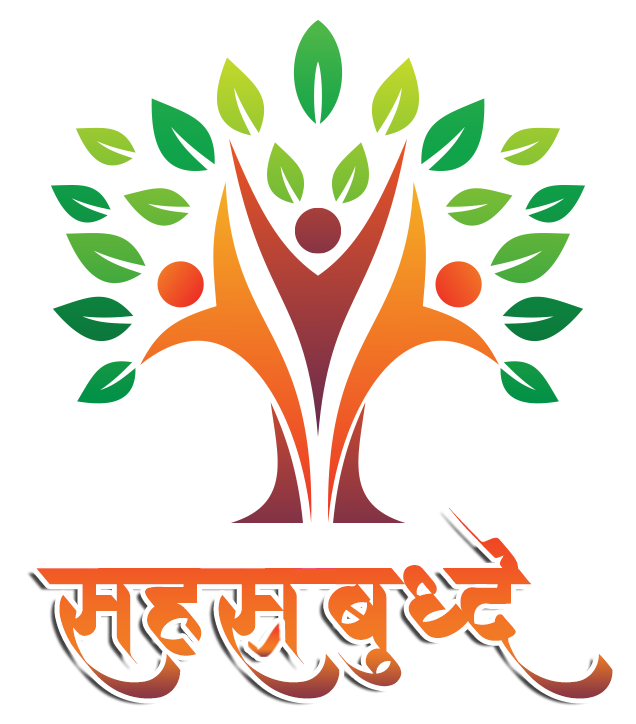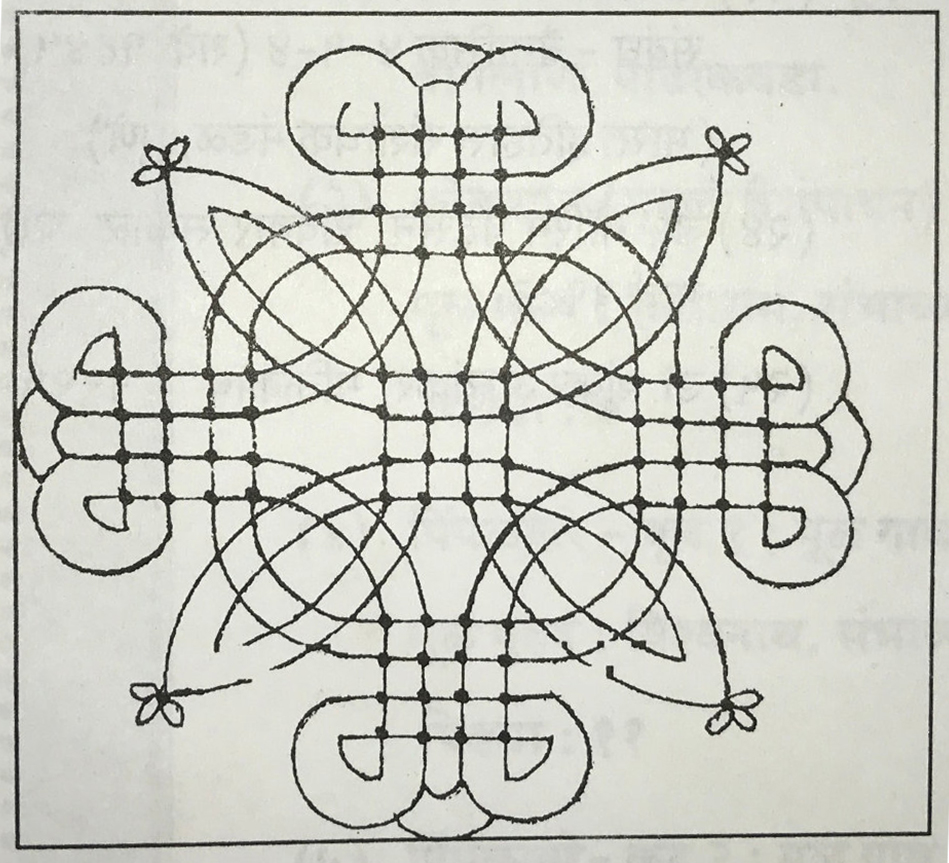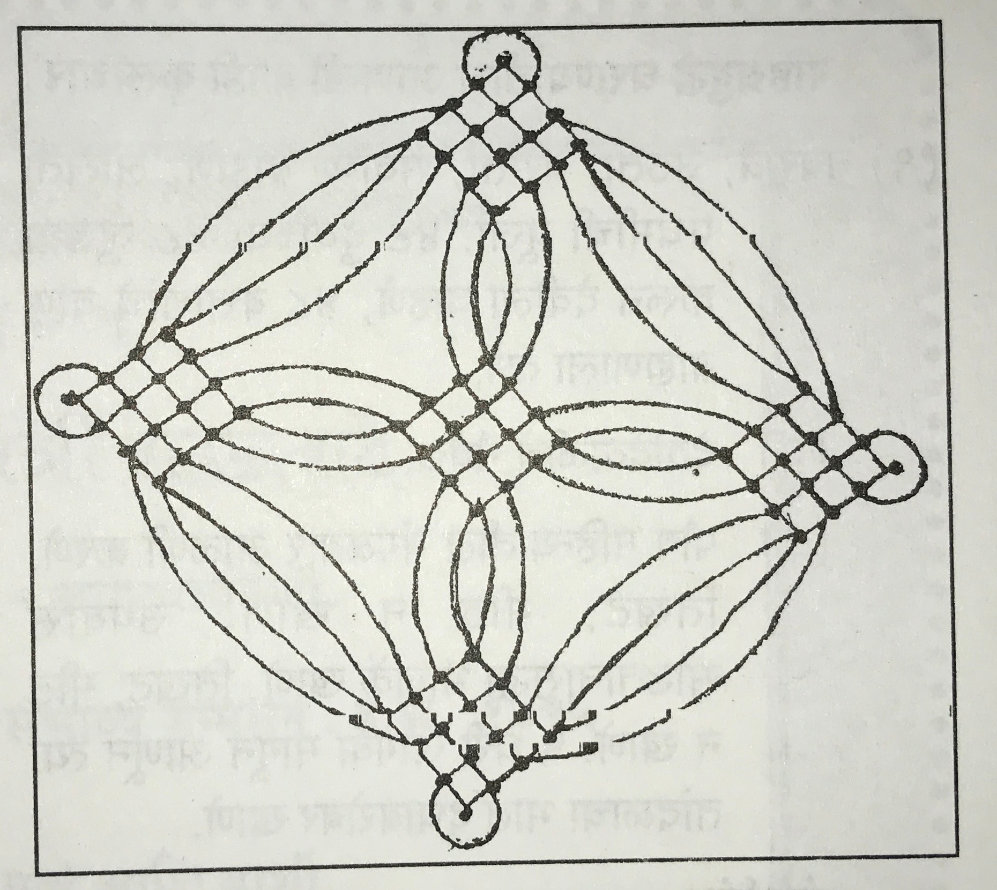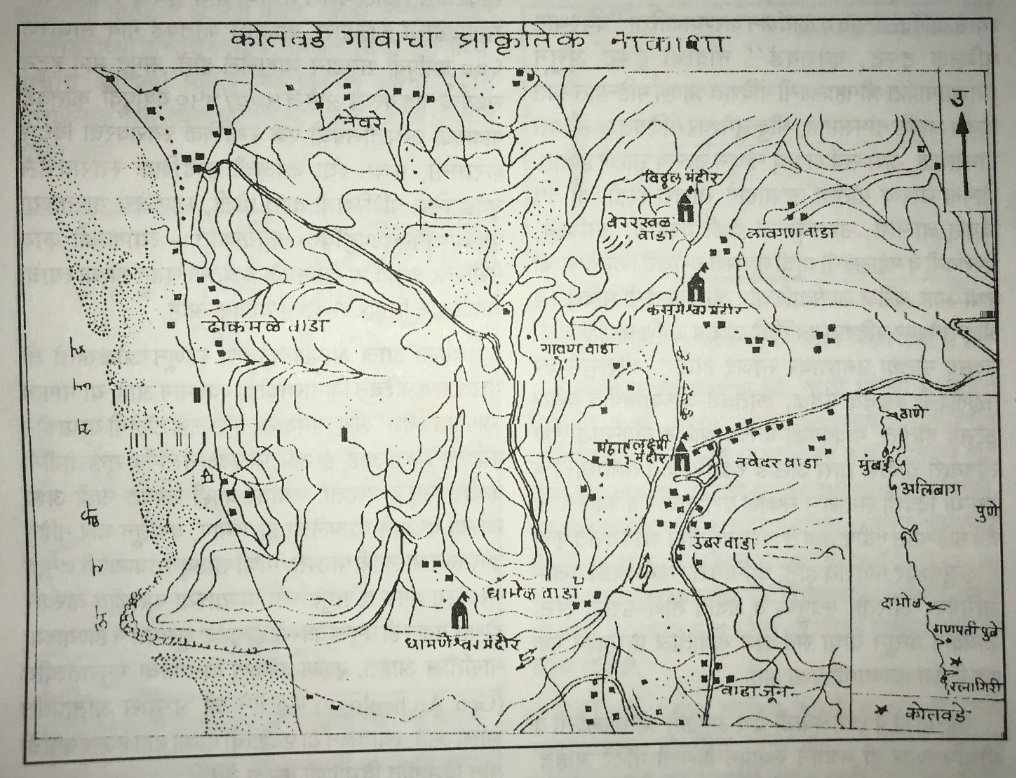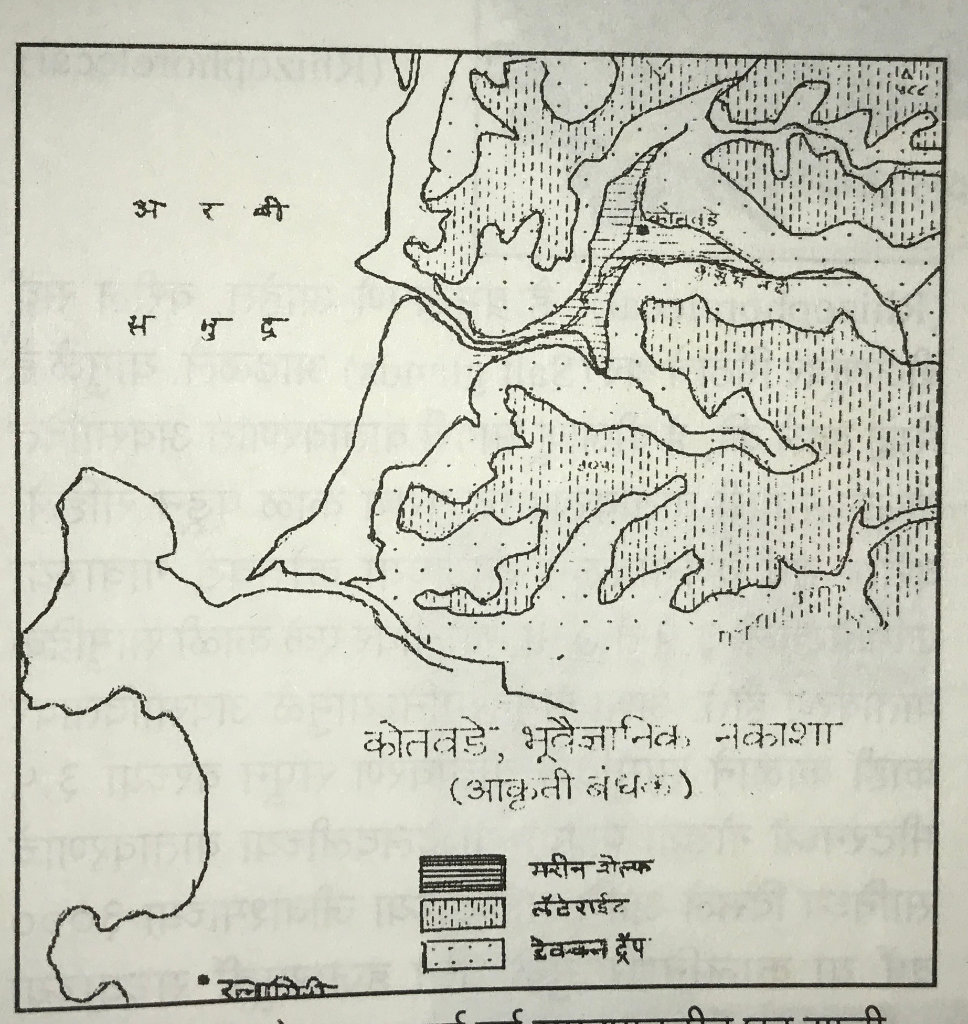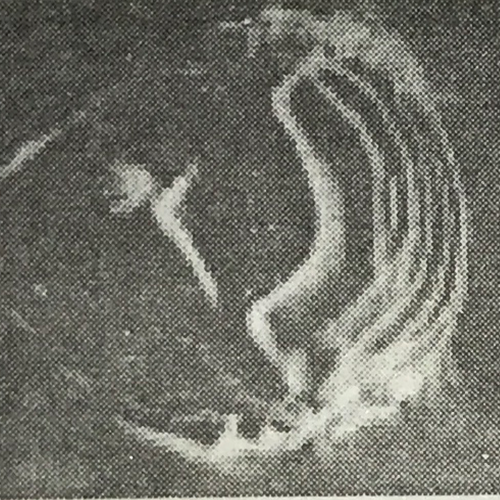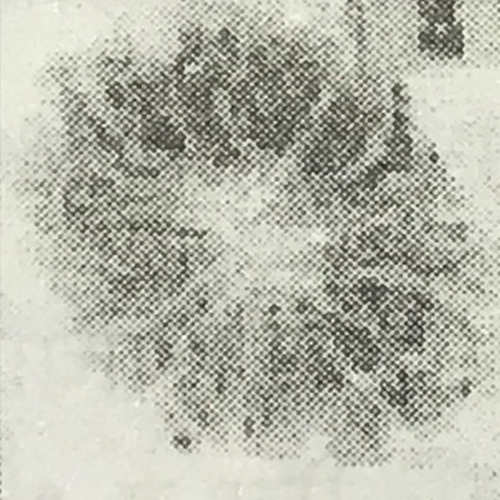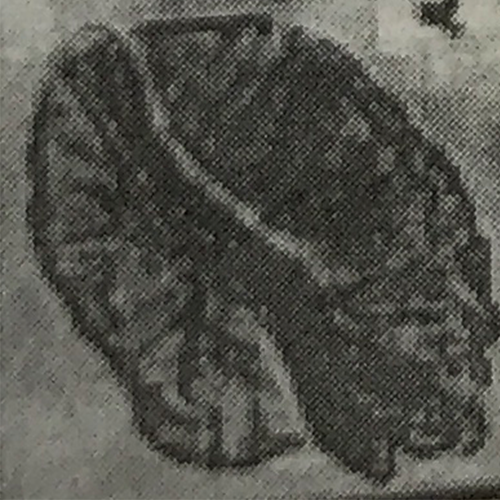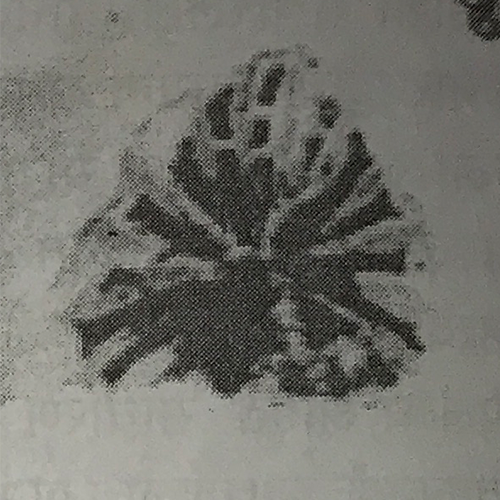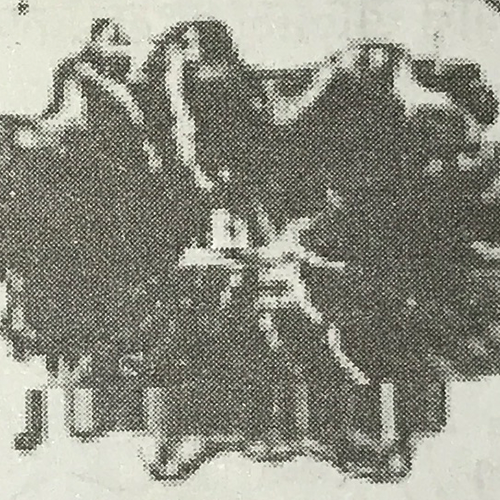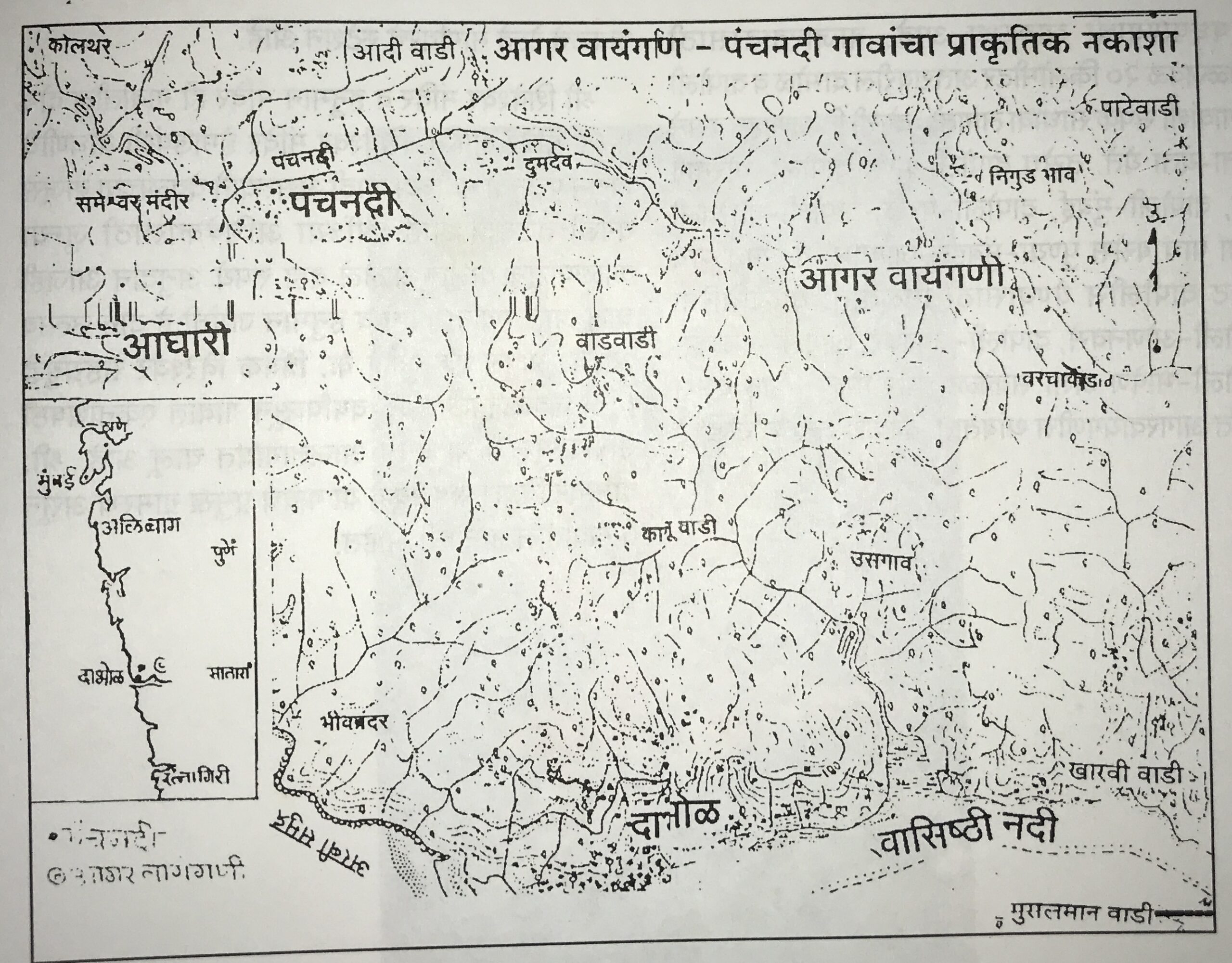Goa, Sawantawadi, South Karwar branch ( including Kelai and Majagaavi) this branch incorporates Velage ( Tq Dicholi, Goa) Kumbrala ( Tq Sawantavadi, Sindhudurga dist) and Adyanka and Nellitadaka ( Tq Balatangdi, Dakshina Kannada dist, South Karwar) branches.
Family tree of Sahasrabudhe’s of Goa, Sawantawadi, South Karwar .
Shri Bhikaji is “moola purusha” of this family tree belongs to Kelya, Majagaavi family ( 12th generation from Ganesh Sahasrabudhe’s son) Shandilya gotra, Vishwanath Sahasrabudhe’s 5th son.
Ganesh Sahasrabudhe left Kothvade alone and settled in Kelya to fulfill his father’s wish. Vishwanath Sahasrabudhe and his four other sons stayed back in Kothvade. Earlier Sahasrabudhe’s were members of Ganapule ( surname ) family .
During Adil Shahi rule, Krishna Sahasrabudhe ( Ganesh Sahasrabudhe’s son) was appointed as Desai( this is recorded in history). During this period, many families from Kothvade and Kelya migrated to other places. In this migration process one group of families crossed the ghat and settled in Desh while the other group settled along the coastal belt from Alibaug ( North ) to Karwar ( South ). During this process they stretched beyond upto South Karwar. According to the information ( available till date ) Balkrishna, Keshava and Ananta, brothers migrated to Harmala near Bicholi, Goa. From there they migrated to Velge in the same district and settled there. But around 1900, due to some rift in the family two bothers relocated to some to other places. Shri Balkrishna Sahasrabudhe migrated towards Karwar district. Portuguese domination, religious highhandedness attitude and fear of conversion were some of the reasons for the migration as revealed by few migrants. Around 1907, Shri Balkrishna Sahasrabudhe moved to Kumbrala near Sawantawadi Bandalga, Sindhudurga district. Shri Keshava Sahasrabudhe stayed back in Velage.
In this document ( Vamsha Vriksha ) sons of Balakrishna Sahasrabudhe, Shri Ananta Bhatta and Mahadev Bhatta’s family line ( vamshavali) has been shown in Index No 1 J 2/2 and 1 J 2/3. The Kula deva ( family Diety) of this branch is Shri Vyadeshwar and Kula Devi is Jogeshwari. The families of this lineage, the last 5-6 generations, have settled in Nellithadaka and Adyanke.
Note: These Chitpavans even now speak Chitpaavani in their homes but many of them do not understand modern Marathi language. The information in Marathi has been translated into Kannada language. Now the feedback received from them is again translated to Marathi.
Maharashtrians ( Chitpavans) residing in other places do not know this information. Therefore this information is given here in detail.
The migrated families of Chitpavans (Sahasrabudhe family members) from Ratnagiri, Sindhudurga Sawantwadi, Goa and other places have now settled since 1780’s. These families have been relocated in Mangalore and Udupi earlier part of Dakshina Kannada district. As mentioned earlier, Adyanke, Alambra, Nellithadka, Dakshina Kannada districts are their colonies.
These areas are in slopes of Sahyadri Western ghats in the east and are surrounded by Arabic sea on the west and rivers around. Sahasrabudhe’s families are located in hilly regions in small colonies. Most of them are Areca growers. Some of them are Purohits ( priests ) and few others practice other occupations and other trades.
There are more than 5000 families living in Southern Karnataka mostly in Western ghat sections. Many Chitpavans have now settled themselves in different parts of Karnataka and elsewhere. You can find them in Sirsi, Soraba, Banavasi ( Uttara Kannada district) Shringeri, Sagar ( Shivamogga district) and other places in Karnataka state.
Chitpavans have retained their identity, their distinct tradition and their culture intact to this date. In Dakshina Kannda district, Mangaluru and Udupi districts they have four settlements. Their colonies stretch across Mala, Durga, Gangeneeru, Hebri, Idu villages in Karkala taluka ( Udupi District) Mundaje, Shishila, Hatyadka, Shibaje, Nidle, Arasinamakki, Soolabettie, Phandije, Andinje, Aladangady, Uruva, Hosamatha, Bangaadi in Belthangady taluk of Dakshina Kannada district, Halady in Kundapura taluk in Udupi district. Their surnames have been slightly changed because of local influence. Some examples Bapat Bappat, Pudaka Phadake, Damle Dammale etc.
There are 49 Chitpavan surnames ( family names – Kulanaama ) are prevalent in Dakshina Kannada district ( there are more than 1000 households). Their history of migration is yet to be compiled and recorded with historic evidence. How did these Chitpavan families migrate from distant places ? The time period of their migration, their routes, reasons of travel etc can be subject of study and of profound interest. It seems Islamic invasion, religious hegemonies, atrocities are definitely the main reasons for their migration / movement.
Prominently Saaraswaths, Rajapuri community people, Vokkaligas, Kudaala Deshastas, Karhad’s ( Goud) community people also migrated to south Karnataka ( South Karwar) from Goa and Maharashtra. These communities migrated due to Portuguese invasion and their onslaught. According to experts and historians claim that Chitpavans migrated much earlier i.e before Portuguese invasion. Chitpavans claim certain things “GOVAN” in day to day households and affix this term frequently.
Some scholars have presumed that they migrated to Dakshina Karwar on the support and patronage of Shringeri Mutt. Some experts believe that Chitpavans families migrated to Tanjavoor ( Tamil Nadu) with blessings and patronage of the rulers under Venkoji Bhosale’s guidance. Among these migrants some might have moved to Dakshina Karwar area, they argue. At the same time some experts believe that these migrants travelled via sea route in two teams. One of them came to Malpe port near Udupi city and the other team landed in Mangalore port. Later these migrants took shelter in adjunct areas Haalady, Shankaranarayana, Hiriyadka and Poonjala Katte and stretched their colonies to other destinations. In this process some might have moved to places like Mundaje, Shishila, Hosamatha, they argue.
Most of the Chitpavan families are solely dependent on areca nut cultivation. It was their main means of livelihood. Even though they are settled in remote villages with tough landscapes they have built their homes according to their “Chitpavani” tradition, style and architecture. Their vaastus and construction is similar as was in Konkan areas. Their houses, doors, entrances, decoration are quite specific and distinct. Their food s very scrumptious , clean and neat. They love sweets in their meals. They prefer raw rice and do not eat boiled rice.Majorly Chitpavan families have maintained their life style intact to this date.
